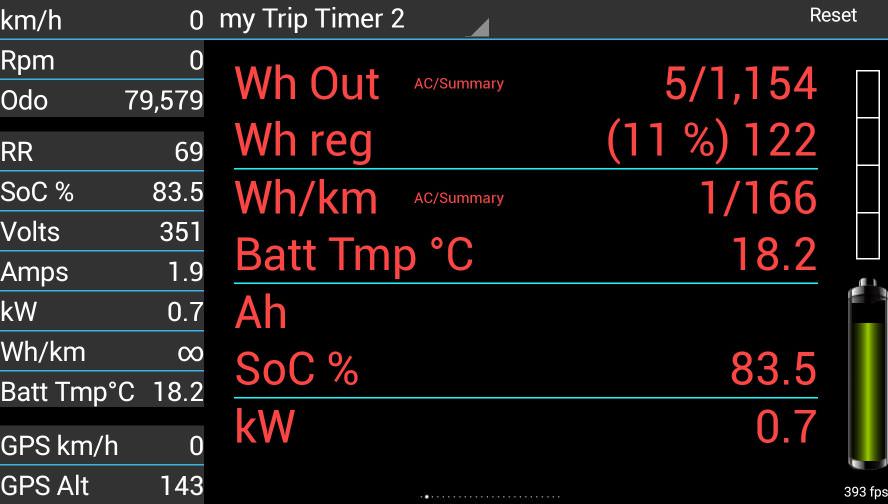Greetings everyone,
I have recently noticed that cani0n is now showing the Ah value of our battery modules. This raises few questions.
What is the new value of our Yuasa LEV50 cells ? They are branded as 50Ah. I doubt cani0n would really show 50 in brand new car. But if it would that means I have lost nearly 30% as cani0n shows 35.25Ah for me.
Although 50Ah * 88 cells * 3.7 nominal voltage does return 16kWh value.
Does anyone know how to re-initiate reading of Ah in cani0n ? This measurement was done when battery was cold and not full (14°C, 82% SoC)
I've read a lot of how voltage works in those cells, how newer cars can get 0% soc at quite high voltage (like Malm getting it at 3.6V), while older packs could go near the 2.75V limit. How SoC loss is compensated with shrinking the "turtle range", etc.
So, perhaps new car would return 50Ah to cani0n. If that is true, perhaps with BMS allowing to discharge cells deeper and deeper as they age, actually represent almost no visible SoC loss to users ?
I would love to hear others opinion.

I have recently noticed that cani0n is now showing the Ah value of our battery modules. This raises few questions.
What is the new value of our Yuasa LEV50 cells ? They are branded as 50Ah. I doubt cani0n would really show 50 in brand new car. But if it would that means I have lost nearly 30% as cani0n shows 35.25Ah for me.
Although 50Ah * 88 cells * 3.7 nominal voltage does return 16kWh value.
Does anyone know how to re-initiate reading of Ah in cani0n ? This measurement was done when battery was cold and not full (14°C, 82% SoC)
I've read a lot of how voltage works in those cells, how newer cars can get 0% soc at quite high voltage (like Malm getting it at 3.6V), while older packs could go near the 2.75V limit. How SoC loss is compensated with shrinking the "turtle range", etc.
So, perhaps new car would return 50Ah to cani0n. If that is true, perhaps with BMS allowing to discharge cells deeper and deeper as they age, actually represent almost no visible SoC loss to users ?
I would love to hear others opinion.


